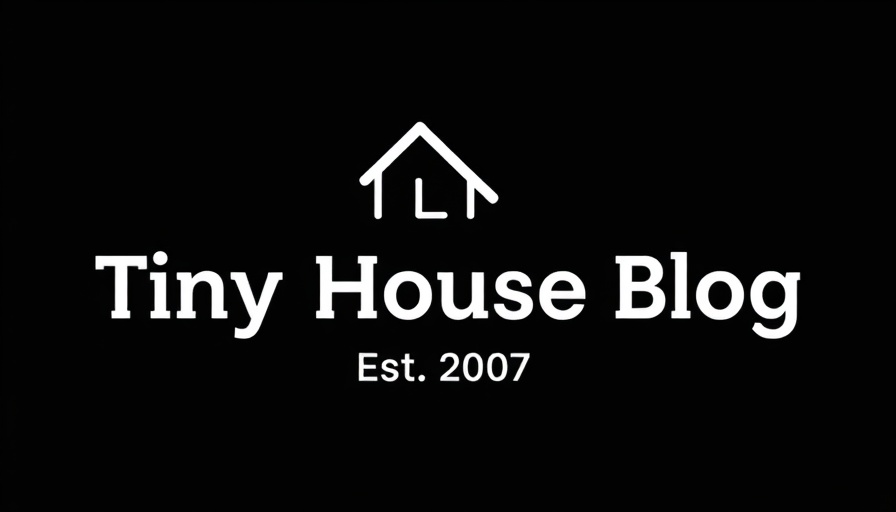
Creating Affordable Freedom: The Earthbag Take on Homeownership
In a world where housing prices seem only to rise, Roan and Ivy have crafted a refreshing narrative of resilience and innovation by building their own earthbag tiny house for less than $15,000. Their journey emphasizes that independence and comfort can coexist, even when utilizing repurposed materials and minimalist design.
Breaking Down the Costs: How They Did It
With the initial costs of their first tiny home clocking in at just $600—thanks to a gas dome structure—Roan and Ivy have shown that affordability isn't just a dream. Their second endeavor, built with burlap sandbags for around $2,400, demonstrates that eco-friendly building materials can lead to substantial savings without sacrificing quality. In total, the couple invested approximately $7,000 for a long-term living solution that puts traditional housing costs to shame.
Living Off-Grid: A Sustainable Lifestyle Choice
One of the most appealing aspects of Roan and Ivy's journey is the drastic reduction in their utility costs. For just $3 per week for filtered water and an estimated $40 per year for propane, their expenses are minimal compared to typical city living. This financial freedom has allowed them to enjoy a more fulfilling life with reduced reliance on full-time employment and the introduction of a slower, more mindful pace of living.
Joy in Simplicity: What They Gained
Interestingly, the couple discovered happiness in living without modern luxuries, such as a fridge or a flushing toilet. By embracing a simplified lifestyle, they have shifted from the hustle and bustle of city life to a more intentional existence deeply connected to nature. Their experience illustrates that true contentment often comes from prioritizing values over material possessions.
Encouragement to Embrace Minimalist Living
Roan and Ivy's story serves as a beacon for those grappling with housing anxiety or seeking alternative living arrangements. They encourage others to consider sustainable, minimalist options and challenge the notion that comfort equates to consumerism. As they illustrate, achieving dreams of homeownership can be attainable and fulfilling through creativity and an open mind.
 Add Row
Add Row  Add
Add 




Write A Comment